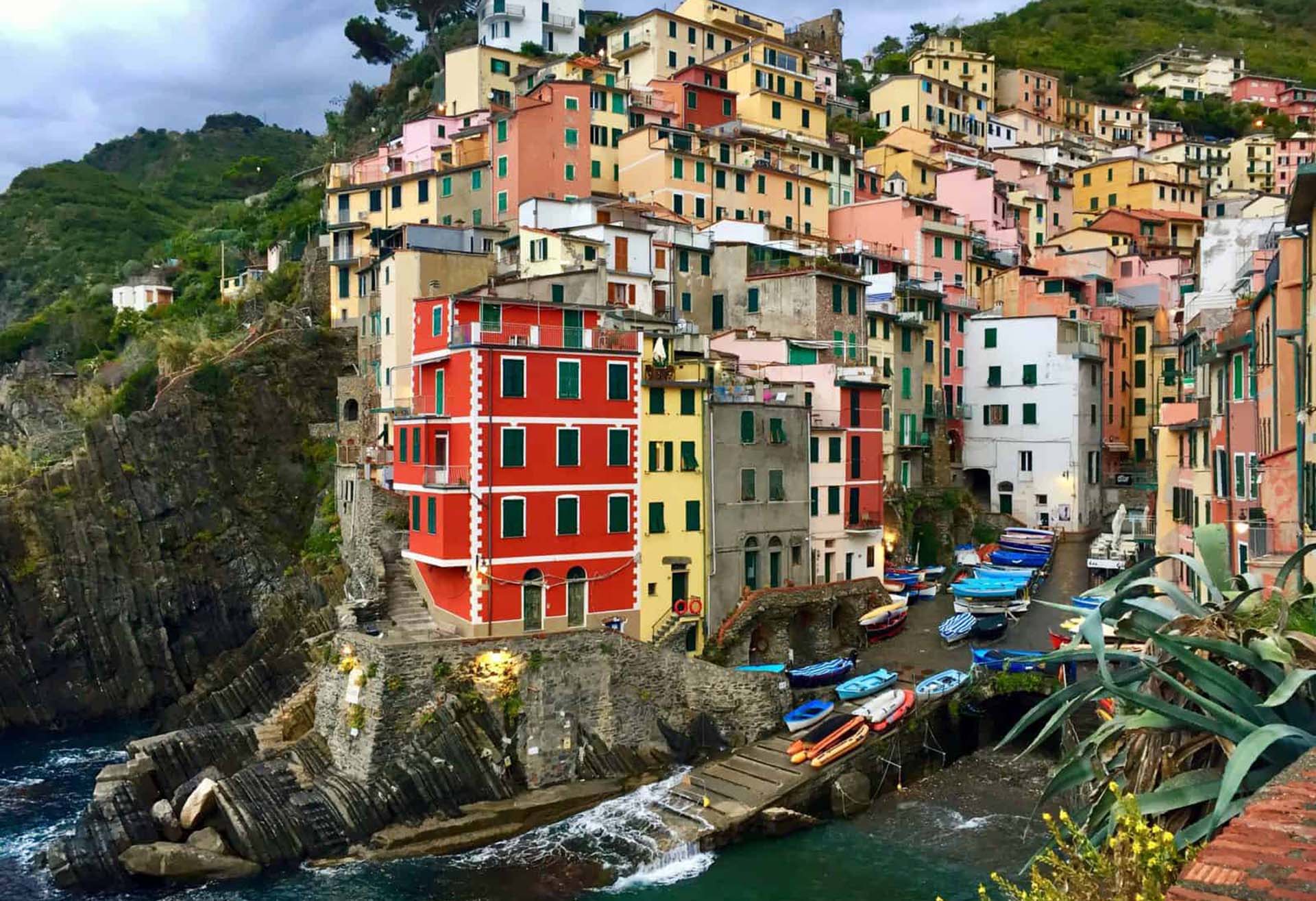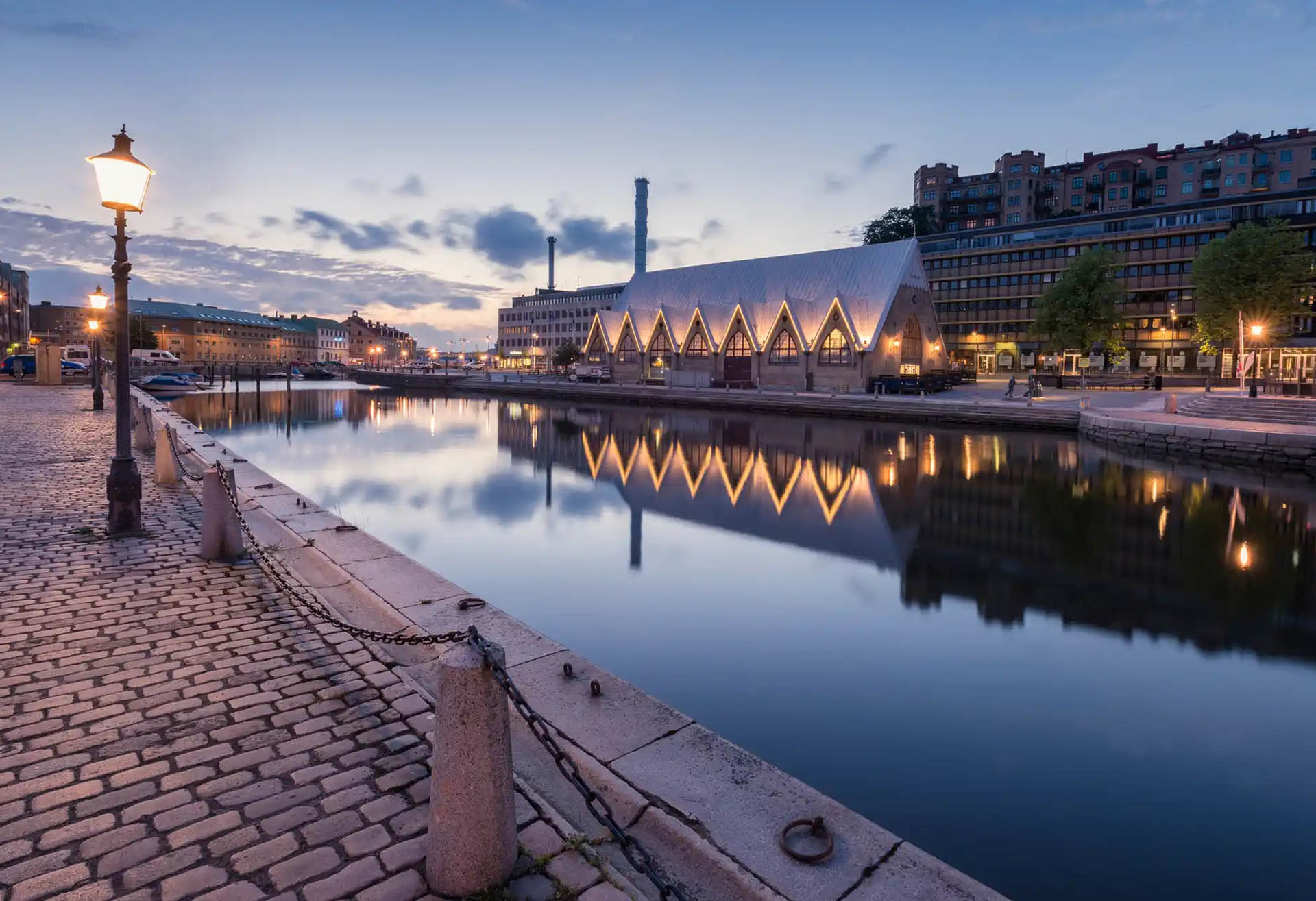The Pantheon’s Historical Significance:
The Pantheon, a revered architectural wonder in Rome, stands as a testament to ancient Roman engineering prowess and spiritual legacy. Built around 126 AD during the reign of Emperor Hadrian, this former Roman temple was dedicated to all gods (‘pan’ meaning all, ‘theos’ meaning gods). Its enduring domed structure, a marvel of antiquity, symbolizes the zenith of classical architecture and engineering ingenuity.
Cultural Importance and Popularity:
Throughout centuries, the Pantheon evolved from a pagan sanctuary to a Christian church, with its immense dome representing divine inspiration for architects and artists alike. Revered for its colossal dome and the oculus, an open central space allowing sunlight to cascade within, the Pantheon’s architecture continues to captivate historians, architects, and tourists worldwide.
As Italy’s premier tourist attraction, the Pantheon magnetizes millions annually, drawing them into a captivating narrative of ancient Roman history, spirituality, and architectural excellence.
Experiencing the Pantheon’s Magnificence
Personal Arrival and Initial Impressions:
As I stepped onto the cobbled streets of Rome, the anticipation of exploring the fabled Pantheon pulsed through me. Amidst the hustle and bustle of the Eternal City, the Pantheon emerged like a mystical beacon drawing me closer. The approach to this architectural marvel was adorned with whispers of ancient tales, heightening my excitement.
Upon reaching the threshold of the Pantheon, a rush of emotions cascaded within me. The colossal Corinthian columns framed the entrance, welcoming visitors into an ambiance steeped in history. As I crossed the threshold, the sensory overload was palpable. The vastness of the interior space enveloped me, amplifying a sense of reverence for this architectural marvel.
Detailed Description of Architectural Grandeur:

The Pantheon’s architectural prowess was immediately apparent. The cavernous interior, meticulously designed with precision, revealed an interplay of light and shadow that danced upon the marble floors. The dome, an engineering marvel of antiquity, soared majestically overhead, invoking a sense of awe at its sheer magnitude.
My gaze was drawn upwards to the oculus, a circular opening at the dome’s apex, allowing a divine shaft of sunlight to pierce through. The play of light against the ancient walls imbued the space with an ethereal glow, evoking a surreal connection to the celestial realm.
Emotional Response to the Grandeur:
In the presence of such magnificence, emotions swirled within me. A profound sense of insignificance washed over me, juxtaposed with a deep appreciation for the human ingenuity that birthed this architectural gem centuries ago. The pristine preservation of the Pantheon’s structure, despite the passage of time, spoke volumes of its cultural significance and the dedication of those who safeguard its legacy.
Standing amidst the hushed reverence of fellow visitors, I couldn’t help but feel an overwhelming gratitude for the opportunity to witness the Pantheon’s grandeur. The ancient whispers echoed, painting vivid imagery of ancient rituals and historical anecdotes, inviting me to delve deeper into the enigmatic tapestry of Roman history.
The Pantheon’s timeless allure had cast its spell upon me, igniting an insatiable curiosity to unravel its stories and soak in the profound spirituality entrenched within its hallowed walls. This encounter was not just a visit; it was a transcendent journey through time and architectural brilliance, leaving an indelible mark on my soul.
Travel Tips for Reaching the Pantheon:

Public Transport Options:
- Metro: The closest metro station to the Pantheon is “Spagna” on Line A. From there, it’s a picturesque 15-minute walk through Rome’s charming streets.
- Bus: Several bus lines, including 40, 62, and 64, have stops near the Pantheon. Alight at “Largo di Torre Argentina,” and it’s a short stroll to the Pantheon.
Walking Routes:
- Scenic Stroll: For a scenic experience, start from the Spanish Steps, meander through the historical center’s alleys, passing iconic landmarks like the Trevi Fountain and Piazza Navona, eventually arriving at the Pantheon. This route unveils Rome’s splendor.
Comparison of Transportation Modes:
- Metro: Quick and efficient, ideal for travelers coming from further parts of Rome.
- Bus: Offers a more extensive reach, convenient for those preferring public transport.
- Taxi: Provides door-to-door service, especially suitable for those with limited time or mobility concerns.
- On Foot: The city’s compactness makes walking a delightful option, allowing immersion in Rome’s vibrant atmosphere and local charm.
Overview of Scenery and Ambiance en Route:

The journey to the Pantheon is a visual feast. Walking through Rome’s historic quarters, visitors traverse centuries of captivating architecture, narrow cobblestone streets, and lively piazzas teeming with local life. The aroma of freshly brewed espresso and delectable Italian cuisine permeates the air, tempting passersby to indulge in culinary delights.
En route, the breathtaking sight of grand Renaissance buildings adorned with intricate facades captivates the eye. Quaint cafes nestled amidst the ancient architecture invite travelers to pause and savor the quintessential Italian experience.
As visitors approach the Pantheon, the anticipation builds. The surrounding ambiance shifts, signaling the proximity to an ancient marvel. The buzz of activity mixes with an aura of reverence, heightening the anticipation of the impending encounter with the awe-inspiring monument.
Whether by metro, bus, taxi, or on foot, the journey to the Pantheon is not merely a means of transportation but an immersive experience, offering glimpses into Rome’s vibrant tapestry and setting the stage for the remarkable encounter with this timeless architectural masterpiece.
Unveiling the Historical and Cultural Significance
Historical and Cultural Context of the Pantheon’s Construction:
Commissioned by Emperor Hadrian around 126 AD, the Pantheon’s creation marked a pinnacle of Roman architectural achievement. Originally intended as a temple dedicated to all Roman gods, its construction aimed to commemorate the divine realm while showcasing Roman engineering prowess.
The renowned architect Apollodorus of Damascus oversaw its design, crafting a structure of unparalleled grandeur. The Pantheon’s iconic dome, with its groundbreaking engineering feat, became a testament to Rome’s technological advancements, employing a pioneering use of concrete and a revolutionary dome design that remains unparalleled in its elegance and durability.
Transition from Pagan Temple to Christian Church:
In 608 AD, Emperor Phocas gifted the Pantheon to Pope Boniface IV, initiating its transformation from a pagan sanctuary to a Christian church, known as the Church of St. Mary and the Martyrs. This transition signaled a profound shift in religious affiliations, repurposing the awe-inspiring edifice to honor Christian saints and martyrs.
While the Pantheon’s original pagan sculptures and altars were removed, the structure itself remained largely intact. The breathtaking dome and the ethereal oculus continued to serve as a celestial conduit, albeit now in reverence to Christian spirituality.

The Pantheon as a Symbol of Architectural Innovation:
The Pantheon stands as a living testament to Roman engineering excellence, showcasing architectural innovation that transcended its time. The construction techniques employed, notably the groundbreaking use of concrete, facilitated the creation of a colossal dome with a remarkable diameter of 43.3 meters, a feat unmatched in its era.
Its dome, a structural marvel, not only exemplified the Romans’ mastery of engineering but also represented a symbolic connection between earthly grandeur and celestial realms. The oculus, an opening in the dome’s apex, allowed sunlight to filter into the temple, casting divine rays upon the interior—an architectural ingenuity that remains awe-inspiring to this day.
The Pantheon’s legacy extends beyond its physical structure; it symbolizes Rome’s unwavering dedication to innovation, engineering brilliance, and cultural adaptability, cementing its status as a timeless icon of architectural magnificence and spiritual significance.
As I bid farewell to the Pantheon, its grandeur etched vividly in my memory, I carry with me an ineffable sense of wonder and reverence. The encounter with this ancient Roman marvel transcended mere sightseeing; it was a spiritual odyssey, a communion with history, culture, and architectural brilliance.
The Pantheon, standing resilient through centuries of change, embodies the essence of Rome’s enduring legacy. From its origins as a pagan temple to its transformation into a Christian church, this architectural masterpiece has witnessed the evolution of belief systems and cultural transitions, yet it stands as a steadfast sentinel of time, embodying the harmonious blend of ancient spirituality and architectural genius.
Stepping out into the bustling Roman streets, I carry the Pantheon’s whispers of antiquity, echoes of emperors and architects, of worshippers and artisans. Its domed silhouette against the Roman sky remains etched in my mind’s eye, a testament to human ingenuity, innovation, and artistic prowess.
I invite you, dear reader, to embark on your own pilgrimage to the Pantheon, to immerse yourself in its timeless embrace, and to witness firsthand the magnificence that has captivated souls for centuries. As you traverse the streets of Rome, let the echoes of ancient tales guide you to this sacred sanctuary, where history converges with spirituality, and where the legacy of a bygone era stands undiminished, awaiting your discovery.
May the Pantheon’s grandeur continue to inspire awe and ignite curiosity, beckoning travelers from far and wide to witness the sacred beauty and timeless allure of this architectural gem nestled within the heart of Rome.



